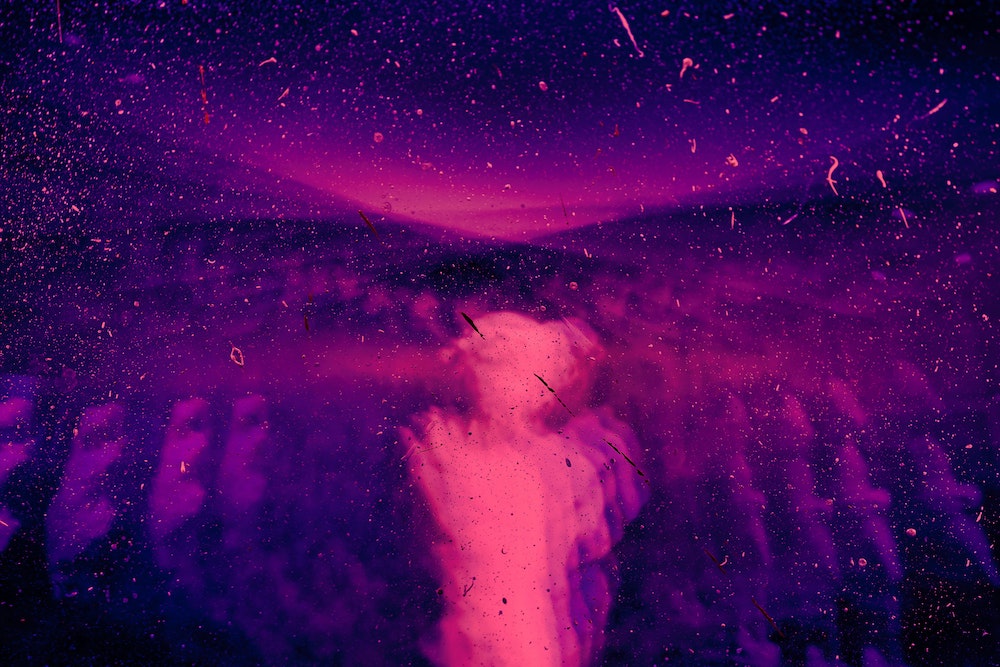Between the bright colors, shimmering textures and other sensory phenomena that come with taking psychedelics, it’s not always easy to put the experiences into words. But on the physical side of things, researchers can point to how the drugs interact with various neurotransmitters in the brain to provide a scientific glimpse into the process.
To that end, a team of researchers used artificial intelligence to create a kind of map of a brain on psychedelics. And they linked many of its constituent neuroreceptors to subjective effects felt during a trip. Beyond providing a new way to understand these experiences, this work could also be used to create tailored therapeutic experiences with the drugs in clinical settings. Much further down the line, it could potentially aid in the creation of new, optimized psychedelics, the researchers said.
“It’s a data-driven process to anchor the subjective experience of using psychedelics in different brain regions.”
Their research was published in the journal Science Advances in mid-March. The team was made up of scientists from The Neuro (the Montreal Neurological Institute-Hospital), McGill University in Montreal, and the Broad Institute of MIT and Harvard, among others. A press release put out by McGill called it the “world’s largest study on psychedelics and the brain.”
Samuel Friedman, a member of the team and a senior machine learning scientist at the Broad Institute, told Filter that the work is a “data-driven process to anchor the subjective experience [of using psychedelics] in different brain regions.”
Dr. Friedman and his team gathered 6,850 Erowid “trip reports” (written pieces in which people who use drugs discuss their experiences), spanning 27 different psychedelic drugs. They designed and deployed a machine learning algorithm (a subset of artificial intelligence) to identify frequently used terms in the reports—words like “happy,” or “anxious,” or even “vomit”—that the posters used to describe their experiences. Frequently, terms like “terror,” and “panic” popped up—but so too did “bliss” and “relaxation.”
The team then linked the terms with the neuroreceptors, the parts of the brain that drugs act upon to change perception. To do this, they used the algorithm and existing knowledge on the specific receptors that each drug works on—rather than studying the brains of patients themselves. They also used the Allen Brain Map to create a kind of 3D map, full of coordinates of the receptors and their associated terms.
According to Friedman, while each person will react differently to psychedelics—and setting also plays a key role in the experience of a drug—there are some commonalities with specific substances. A visual sharpening is often reported on mescaline, for instance.
Some of the results of the research shouldn’t come as a huge surprise. For instance, serotonin receptors in the visual cortex of the brain were tied to shifts in sensory perceptions, the authors wrote in an opinion piece. Meanwhile, dopamine and opioid receptors were linked with some very positive—possibly “transcendent”—feelings.
Even further in the future, researchers could use this data to design and develop novel psychedelic substances.
However, there are several potential applications for this research, Friedman said. In the short term, it has created a “quantitative, data-driven” way to describe a variety of ineffable and rich experiences.
Going forward, as legal opportunities for psychedelic-assisted therapy develop in numerous jurisdictions, this information could be used to guide the creation of beneficial therapeutic experiences. A patient could be given a specific drug shown to stimulate the “unity” part of the brain, for example.
Maybe even further in the future—and policy developments would be required here, too—researchers could use this quantitative data on drug experiences to design and develop novel psychedelic substances that hit specific parts in the brain, Friedman suggested.
But this is still a long way off, he emphasized. And science needs a “richer description of the biochemical landscape” before it could ever happen.





Show Comments